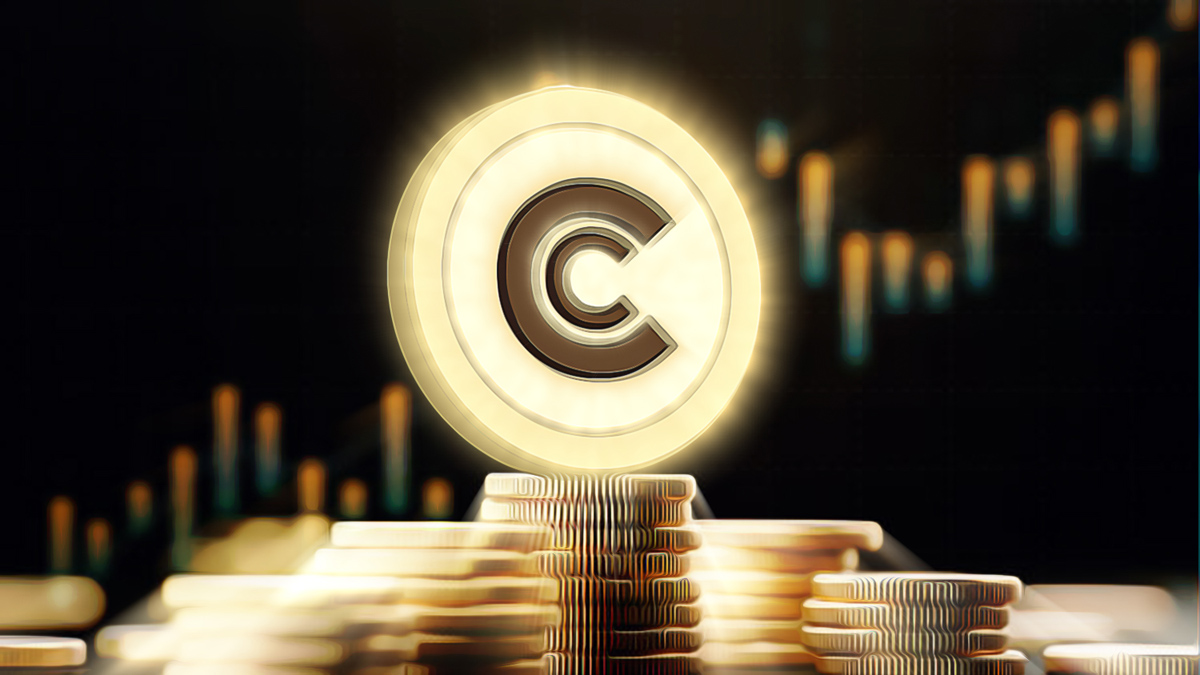American economist and gold advocate Peter Schiff has voiced criticisms regarding the rising usage of stablecoins in the country. His remarks have gained prominence amidst ongoing discussions in the Senate concerning the stablecoin law proposal, also known as the “GENIUS Act”. Among the most debated aspects of the proposal is whether stablecoins that offer returns will be permitted under U.S. regulations.
Criticisms of Stablecoins
Peter Schiff, in a post on the social media platform X, argued that stablecoins pegged to the US dollar “will not contribute to the American economy and will not help finance the government’s increasing budget deficits.” According to Schiff, stablecoins are primarily used for transactions with other crypto assets, especially Bitcoin  $103,047.
$103,047.
Schiff emphasized that stablecoins serve more to inject greater funds into the crypto asset market than to engender structural improvement in the financial system. In his view, these types of crypto assets merely facilitate the proliferation of cryptocurrency trading rather than advancing the financial system. He noted that stablecoins do not offer positive contributions outside their sector.
The most prominent matter in the GENIUS Act bill being addressed in the Senate concerns whether stablecoins with returns will be subject to regulation. Discussions surrounding this issue are crucial for both financial security and the future of the sector.
The bill has yet to clarify if return-bearing stablecoins will be granted permission. Lawmakers are working on the legislation with an aim to safeguard users and ensure financial stability. These regulations are intended to harmonize innovative market products with the existing legal framework.
Impacts of Stablecoins on the Financial System
Stablecoins, which are (mostly) pegged to the U.S. dollar, are commonly used for cryptocurrency trading. However, regulators and economists are thoroughly analyzing the impact of stablecoin usage on the national economy and financial system, taking into account their potential to offer stability alongside associated risks.
While some experts argue that the growth in stablecoins may reduce volatility in the crypto markets, critics suggest they do not adequately support the financial system. Schiff’s comments align with the viewpoint that stablecoins primarily serve intra-crypto market transactions. However, a detail often overlooked is their demand for U.S. treasury bonds. Stablecoins hold tens of billions in U.S. debt, which could reach trillions in the long run. Banks issuing their stablecoins could benefit cryptocurrencies while multiplying global demand for the US dollar and treasuries, which is part of why Trump advocates for complete freedom for stablecoins.
Peter Schiff’s perspectives provide a unique dimension to the debates over digital assets’ contributions to the economy and the necessity for regulation in the crypto market. Despite ongoing discussions in the legislature, there appears to be no consensus yet on the legal status of stablecoins or their role in the financial system.

 Türkçe
Türkçe Español
Español









